By selecting your itinerary in advance, our platform uniquely allows you to view boats that can deliver selected tinerary with full cost transparency, including fuel etc..
Located right at the entrance to the Bosphorus, Uskudar is one of the oldest settlement areas of the city, thus having a deep-rooted history. Initially, Uskudar was known as "Chrysopolis," meaning the City of Gold. This name is said to have originated either from Persian invaders storing the spoils they brought from Anatolia here or from the colors created by the sun setting over the Bosphorus. Before the conquest of Istanbul, during the Byzantine period, it acquired the name "Scutari," which refers to a military barracks. The area where these barracks were located was called "Skutarion." Uskudar became a significant center during the Ottoman era and has always maintained its importance.
Uskudar is rich in fountains, inns, baths, and historic mansions dating back to the Ottoman period. The coastline is a frequently chosen spot for Istanbul residents and visitors to watch the city's beauties and relax.
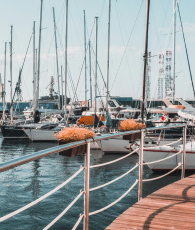


Go out on the town
Transfer boats to take you to the attractions!
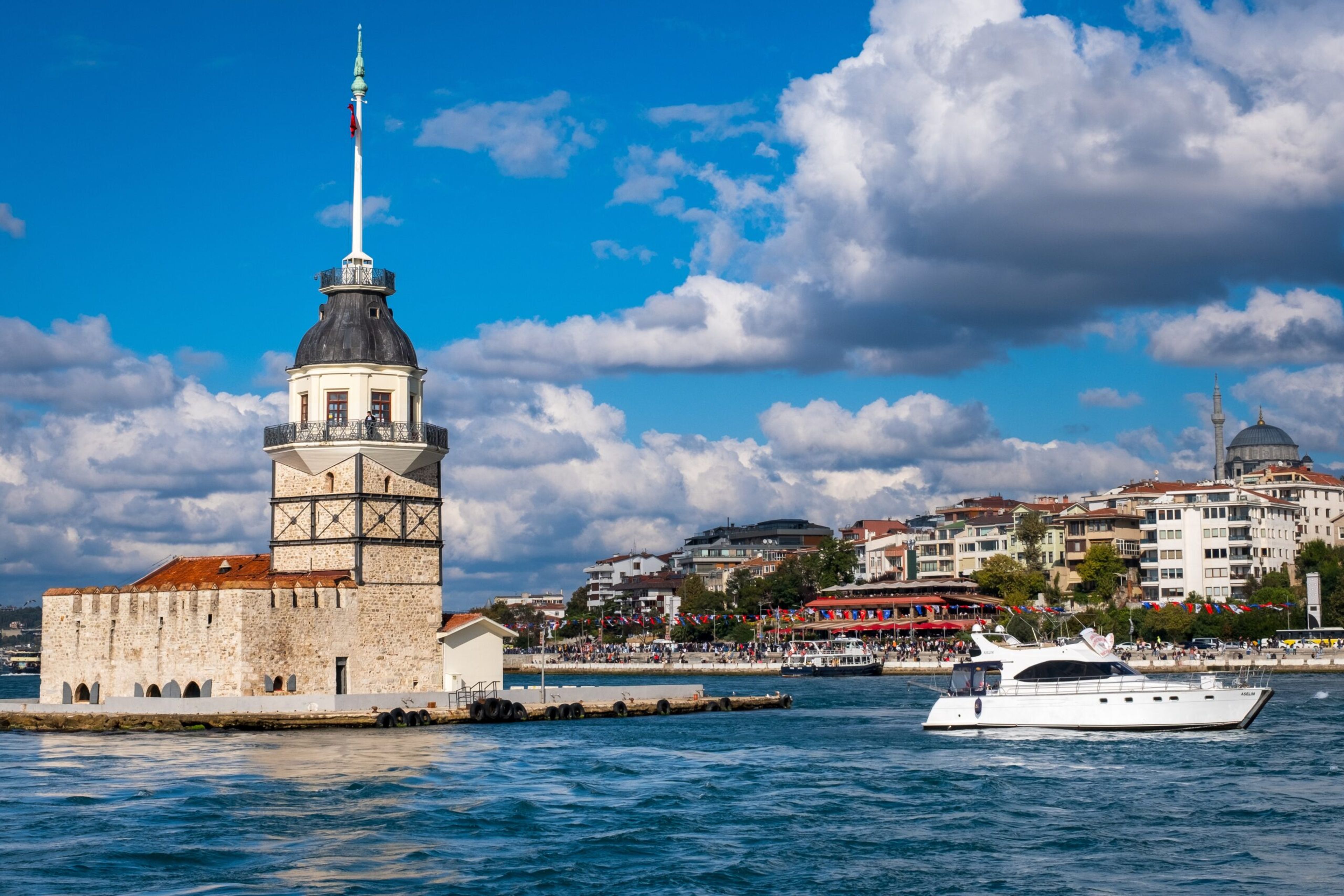





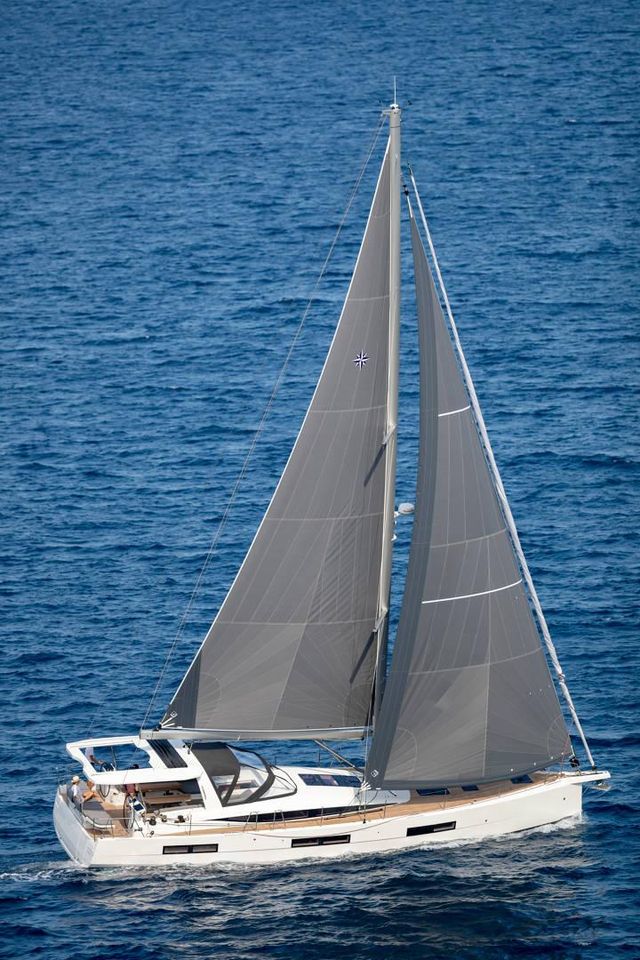







































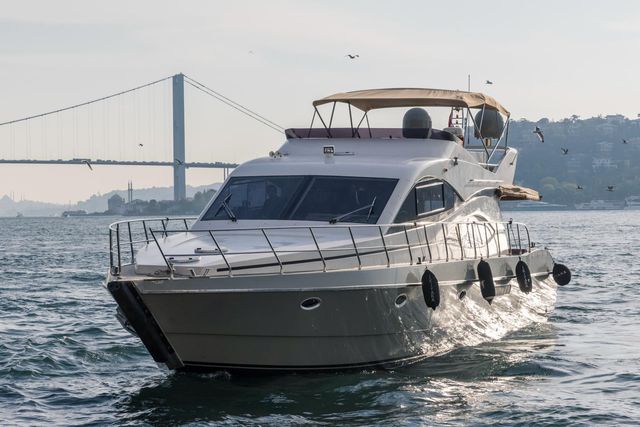
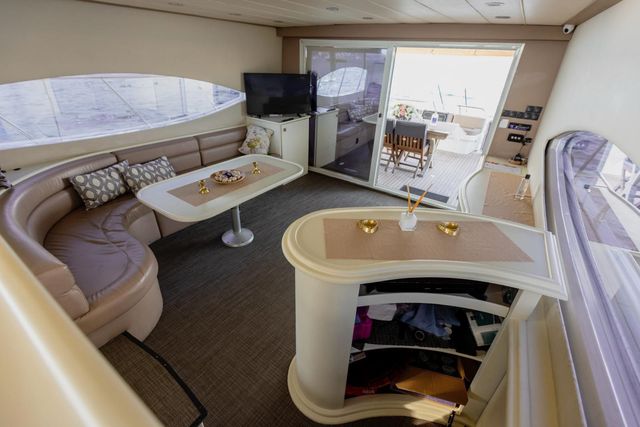
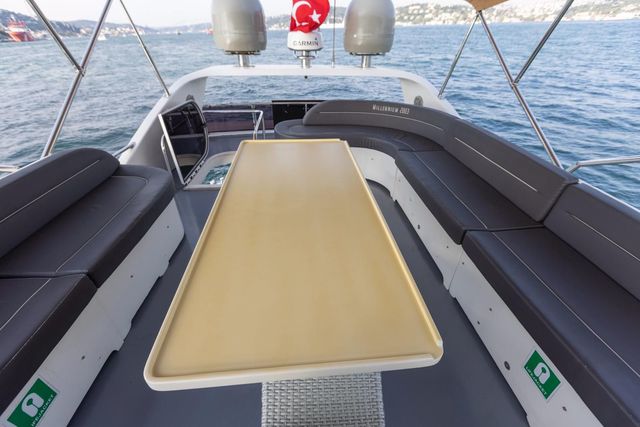
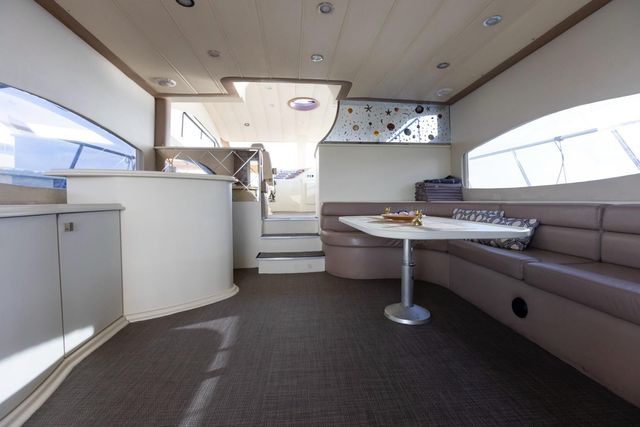
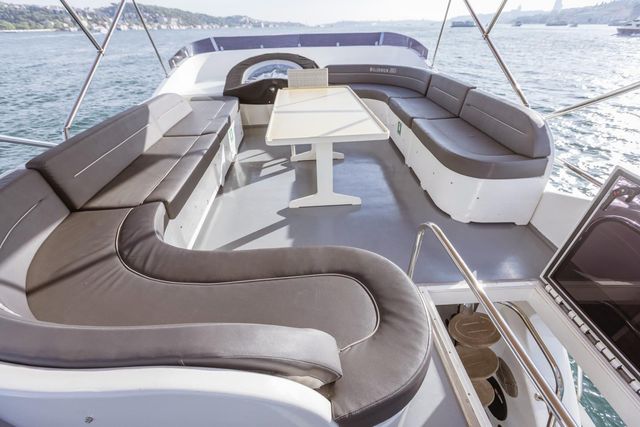




























































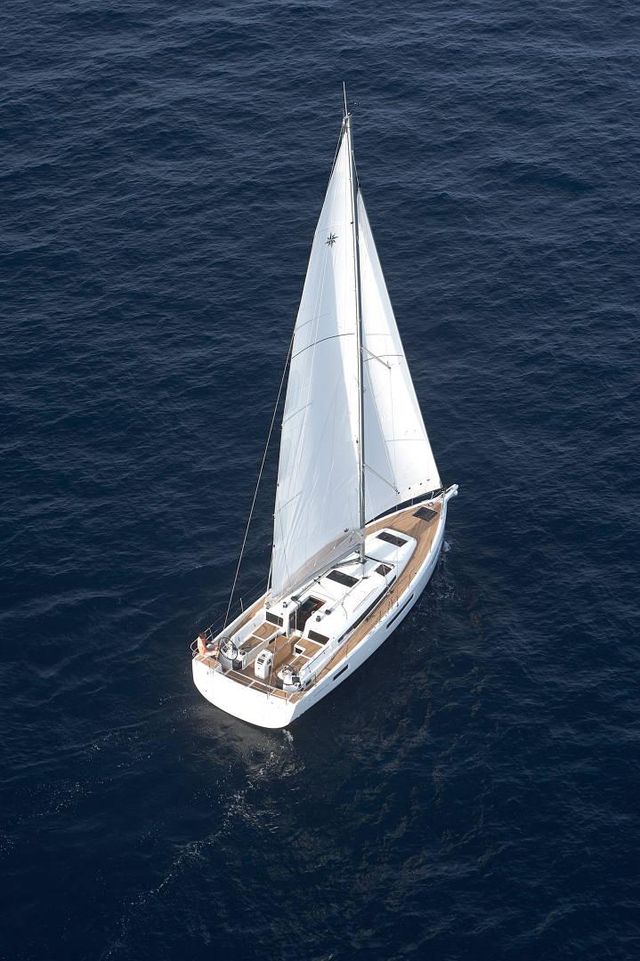
















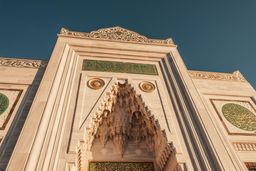
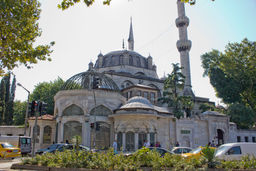
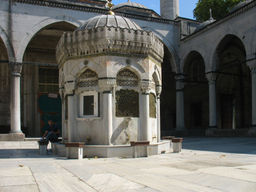
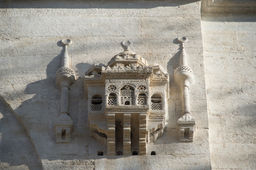
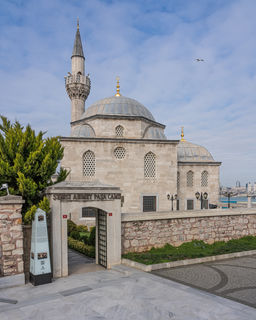
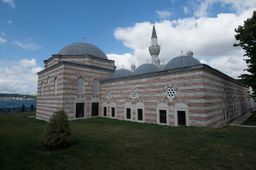
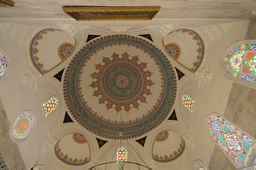
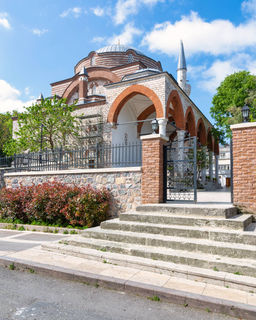
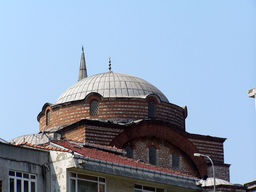
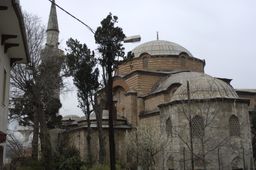
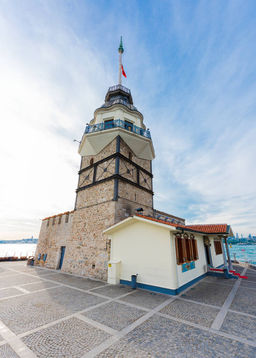
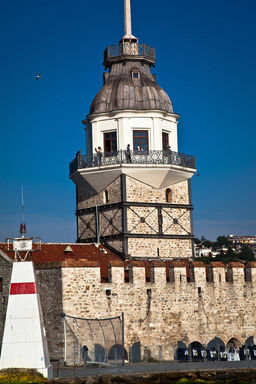
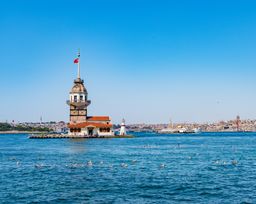
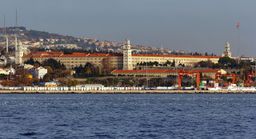
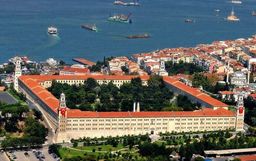
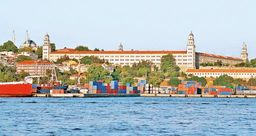
-1706528520243.jpeg?tr=w-640)
-1706528519713.jpeg?tr=w-640)
-1706528520829.jpeg?tr=w-640)
-1706528521036.jpeg?tr=w-640)
-1706528521779.jpeg?tr=w-640)
-1706526883976.jpeg?tr=w-640)
-1706526880367.jpeg?tr=w-640)
-1706526882138.jpeg?tr=w-640)
-1706526882297.jpeg?tr=w-640)
-1706526882310.jpeg?tr=w-640)



-1715092043075.jpeg?tr=w-640)
-1706527825977.jpeg?tr=w-640)
-1706527826026.jpeg?tr=w-640)
-1706527826214.jpeg?tr=w-640)
-1706527826292.jpeg?tr=w-640)
-1724784962744.jpeg?tr=w-640)
-1724784955332.jpeg?tr=w-640)
-1724784956262.jpeg?tr=w-640)
-1724784963765.jpeg?tr=w-640)
-1724784974028.jpeg?tr=w-640)

-1723548141315.jpg?tr=w-640)
-1723548141594.jpg?tr=w-640)
-1723548141696.jpg?tr=w-640)
-1723548141742.jpg?tr=w-640)

-1716388254486.jpeg?tr=w-640)


-1716388251295.jpeg?tr=w-640)
-1716388251355.jpeg?tr=w-640)









-1724402624523.jpeg?tr=w-640)


-1722950181426.jpeg?tr=w-640)
-1722950181675.jpeg?tr=w-640)
-1722950181812.jpeg?tr=w-640)
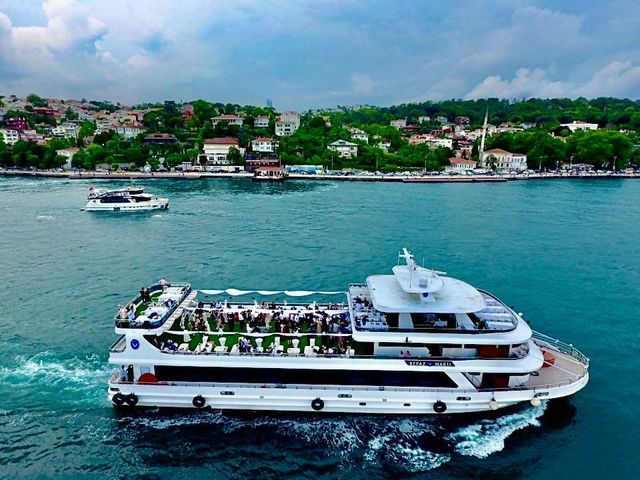
-1715083722119.jpeg?tr=w-640)
-1715083722435.jpeg?tr=w-640)
-1715083722465.jpeg?tr=w-640)
-1715083722561.jpeg?tr=w-640)










-1718190702044.jpeg?tr=w-640)


-1718190310409.jpeg?tr=w-640)

-1718187965142.jpeg?tr=w-640)
-1717408508944.jpeg?tr=w-640)


